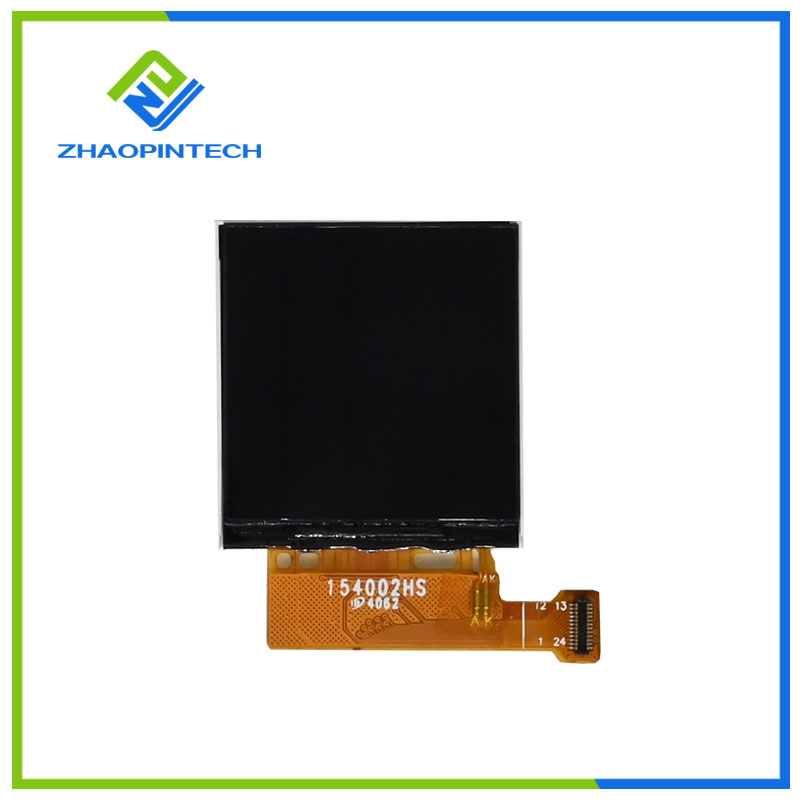Characteristics of TFT LCD Display
2023-11-07
A TFT LCD display, or Thin-Film Transistor Liquid Crystal Display, is a type of flat-panel display technology commonly used in various electronic devices, including computer monitors, television screens, smartphones, tablets, and more. TFT LCDs offer several advantages, such as high image quality, wide viewing angles, and efficient power consumption. Here are the key features and characteristics of TFT LCD displays:
1. Thin-Film Transistors (TFTs): TFTs are tiny transistors located at each pixel of the display. These transistors control the individual pixels, allowing for precise control over each pixel's brightness and color.
2. Liquid Crystal Layer: TFT LCD displays use a liquid crystal solution sandwiched between two layers of glass or plastic. When an electric current is applied to the liquid crystals, they change their orientation to control the passage of light.
3. Backlighting: TFT LCDs typically require a backlight source, such as LED (Light-Emitting Diode) or CCFL (Cold Cathode Fluorescent Lamp), to illuminate the screen. The backlight emits light, and the liquid crystals control its passage to create the display.
4. Excellent Image Quality: TFT LCD displays offer high image quality with sharp and detailed visuals. They are capable of displaying full-color content and high-resolution images.
5. Wide Viewing Angles: TFT LCDs provide wide viewing angles, ensuring that the display remains visible and clear even when viewed from various angles.
6. Fast Response Time: TFT LCDs have fast response times, making them suitable for applications that involve fast-moving content, such as video playback and gaming.
7. Energy Efficiency: TFT LCDs are generally energy-efficient because they only consume power when the liquid crystals need to change their orientation. Dimming the backlight can also save power.
8. Multiple Display Sizes: TFT LCD displays come in various sizes, ranging from small screens in handheld devices to large screens in TVs and monitors.
9. Versatility: TFT LCDs are used in a wide range of electronic devices, including smartphones, tablets, laptops, desktop monitors, televisions, digital cameras, automotive displays, and more.
10. Resolution Options: TFT LCD displays come in a variety of resolutions, including Full HD (1920x1080), 4K (3840x2160), and higher, depending on the device's intended use.
11. Color Accuracy: TFT LCDs can produce accurate and vibrant colors, making them suitable for applications that require color precision, such as graphic design and video editing.
12. Durability: TFT LCD displays are generally durable and resistant to physical damage when properly handled. However, the glass screens can be prone to cracking or breaking upon impact.
TFT LCD displays have been widely adopted for their versatility, image quality, and efficiency. However, they are not without their limitations, such as limited contrast ratios compared to OLED displays and a need for backlighting, which can affect contrast and black levels. Nevertheless, they remain a fundamental technology in the world of displays, serving various consumer and industrial applications.



